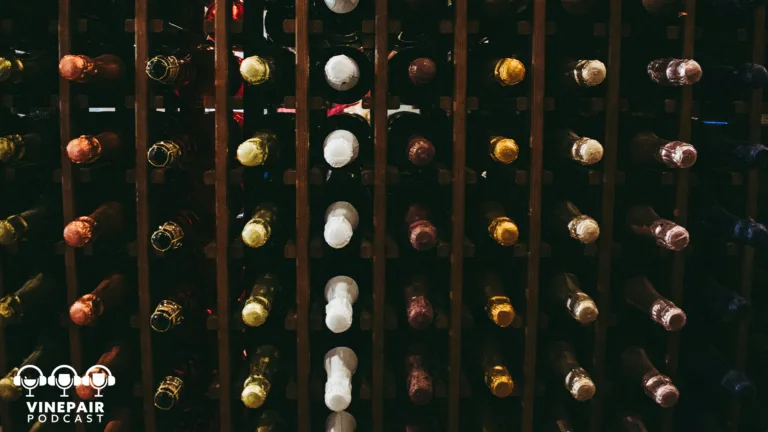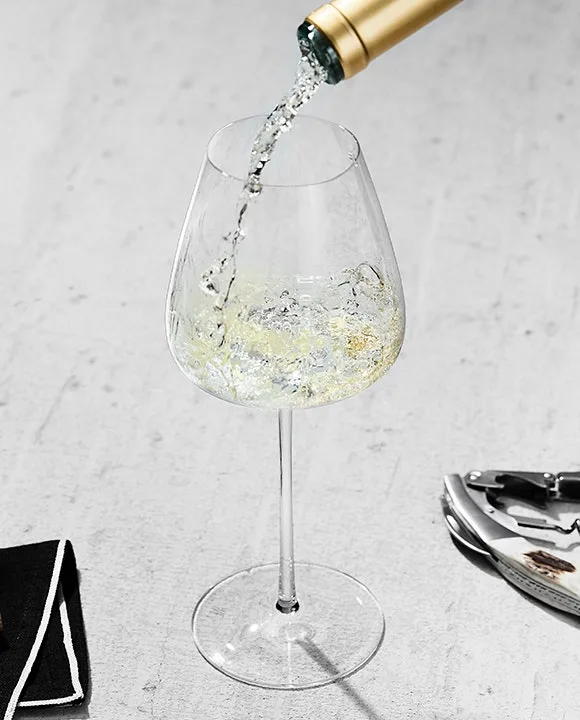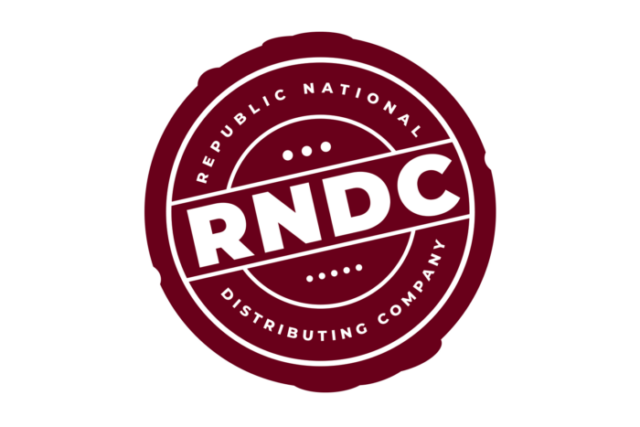Il Nizza DOCG in Piedmont, Italy
Nizza, unlike the other Barbera-focused appellations of Piedmont – Barbera d’Asti and Barbera d’Alba – does not state the variety in its name. Instead, Nizza is a terroir wine in the French tradition, identified by its place of origin rather than its grape. First recognised as an official sub-zone of Barbera d’Asti DOC (later DOCG) in 2000, Nizza became a DOCG in its own right in 2014. The production regulations of the DOCG, drawn up by the dynamic Associazione Produttori del Nizza, aim at uncompromising quality and are among the most demanding of any in the country.
Nizza must be made from 100% Barbera, sourced exclusively from vineyards on south-, southeast- or southwest-facing slopes. Yields must not exceed very low limits for the standard DOCG, and even lower ones for the Riserva and Vigna (single-vineyard) categories. The minimum period of ageing is 18 months, of which for 30 months, with a full year in wood. The 18 villages that comprise the DOCG lie in the heart of Monferrato, in an area of gently undulating hills crossed by the valleys of three rivers: the Nizza, the Belbo and the Tiglione.
Soils are marine sedimentary, with local differences determined by the predominance of either clay or sand. On the basis of a detailed geological survey, the Associazione Produttori divides the DOCG into three macro-areas or sectors. The most densely planted central sector, which stretches across the Belbo valley from Agliano Terme in the west to Mombaruzzo







